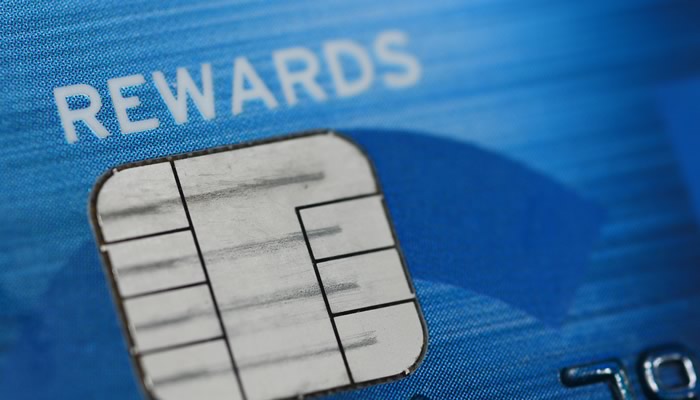How to Teach Your Teen About Credit Cards
One of the advantages to teaching teenagers about credit cards is that they are old enough to understand some of the more abstract principles associated with money. It’s best to start teaching teens about credit cards before they leave the house. Indeed, it’s probably a good idea to provide some guidance in the use of credit cards. Plastic is becoming the preferred way to pay for things these days, and ignoring it could easily result in debt for your child. In fact, a survey conducted by Charles Schwab reports that 29% of teens are already in debt.

Explaining How Credit Cards Work
The very first thing that you need to make sure teenagers understand is that credit cards do not represent “their” money. We so often use credit cards and debit cards without considering what it looks like to children. It appears as though you can simply swipe this plastic and buy whatever you want. However, it is important to explain to teens that credit cards don’t work like that.
Explain that when the credit card is used, the money must be paid back. Show your teen a copy of your credit card statement, and explain that you must pay back everything that was spent – it’s not “free” money. In fact, showing your teen how to read a credit card statement can be quite beneficial. Show your teen where the purchases are on the statement, as well as the interest rate charged. Explain that if the balance isn’t paid off each month, you will have to pay interest – meaning that you end up paying more than you originally spent.
In addition to showing teens a credit card statement, you can also have your teen use one of the many credit card interest calculators online. It’s a great learning experience for them. You can show your teen how long it would take to repay purchases, and how much extra goes into repayment, if the balance isn’t paid off every month. Explain to your teenager that a credit card is a loan. Demonstrating that the money has to be paid back, and that it can get expensive if you don’t pay off the balance, can go a long way toward helping your teen understand credit cards.
Demonstrating Interest
You can also give a demonstration of how interest works. If your child wants to buy something that he or she doesn’t have the money for, you can offer to lend the money, with interest. Work out an interest rate, and a repayment plan. This is a practical experience in how the whole works. You can lend your teen $50, and then insist that he or she repay you $60, over a few months. Many teenagers are likely to feel indignant about having to pay back more, but you can explain that this is how all credit loans – including credit cards – work.
You can also improve a teen’s understanding of how interest works by “borrowing” money from him or her. Borrow $50, and then repay $60. This is a lesson to teens that it is better to receive interest than to pay it to someone else.
Shopping Around for Credit Cards
Once your child understands how credit cards work, and how interest works, you can help him or her compare credit card offers. Look online, and talk about the differences between low interest cards, rewards cards and other types of credit cards. Make sure that your teen understands the importance of shopping around for the best possible card for his or her situation.
Discuss limitations to reward programs, and be sure that your teen understands the importance of only buying what he or she has money for; making purchases just for the rewards is foolhardy. Most teens will understand, if you point it out, that 3% cash back is quickly overwhelmed by a 19.99% interest rate. Emphasize that rewards are no good unless the credit card balance is paid off each month.
Bottom Line
Eventually, your child is likely to get a credit card. If you want your child to use credit responsibly later, you have to teach him or her about responsible use now. Take the time to discuss credit with your teen, and help him or her understand how credit cards work.




